The first one is so cool! It is called "Childhood Memories" by Eileen Campbell of Kew, Victoria, Australia. It is machine appliqued, embroidered, quilted, couched, and painted. Her design source was her childhood memories, the beautiful forest and dancing Lyrebird.
She says, "One very special holiday my family stayed in a bush cottage in Sassafras. The forest there has giant Mountain Ash trees, an understorey thick with smaller trees and ferns and a creek running through it. The gully is quite dark but exciting with lots of bird life. Every morning a male Lyrebird would come up from the gully and sing and dance to his reflection in a window. Not many people get to see them in the wild. It was such a privilege to have a private display each day. Flowers have always been a passion of mine. The yellow flowers are derived from ivy goodenia (Goodenia hederacea).
I think what I appreciated most about this quilt was the beautiful photographs that were incorporated, which she took great detail in labeling on the back of the quilt.
The second quilt is called "Late Autumn" by Hiromi Yokota of Yokohama, Kanagawa, Japan. It is appliqued, pieced, hand quilted, and embroidered. It was inspired by autumn.
The quilter's statement says, "I wanted to be freed from a proper work, a work made precisely. I made it with no straight lines, daringly, happily, freely. I made the border with an image of the flower arrangement of Japan. I did all the applique by hand.
I find the border very interesting. It looks like found a fabric with the flowers she wanted, cut them out, and appliqued them into the border. I think the technique has possibilities!
The last quilt for today is called "Crosses" by Ikuko Ueno of Nagoya, Aichi, Japan. It won 3rd place in the Traditional Pieced category. It is English paper pieced, and hand quilted. The design source was inspired by Lucy Boston's book, Patchwork of the Crosses.
"I have loved the quilts of Lucy Boston for years; however, I hesitated to make one. Because it is necessary to cut the paper for piecing by oneself, it was a big challenge for me. The scallop on the border is original. I wanted to complete all of the quilt using the paper piecing technique.
Perhaps it is only because I started subscribing to the magazine Quilt Mania, but I feel like I am seeing more and more of these colors. I know they were very popular in the past.
What do you think of these colors?
Thanks for reading today,
Jen
Perhaps it is only because I started subscribing to the magazine Quilt Mania, but I feel like I am seeing more and more of these colors. I know they were very popular in the past.
What do you think of these colors?
Thanks for reading today,
Jen
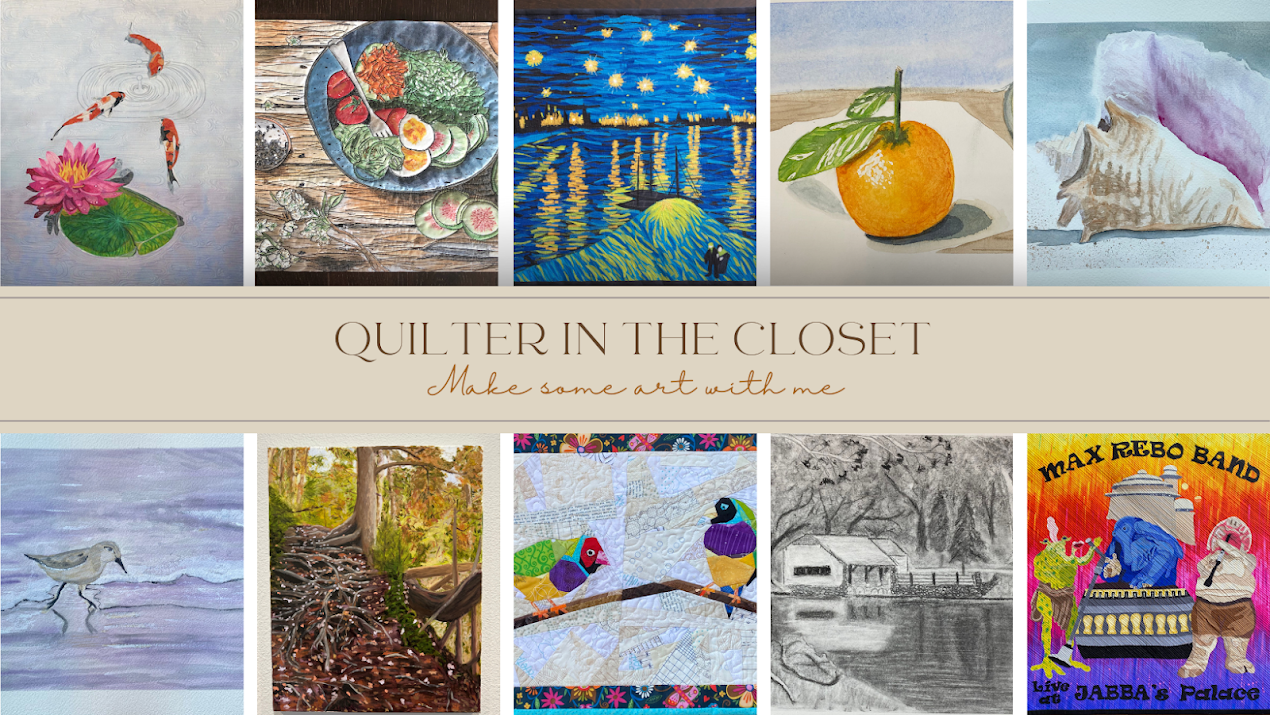
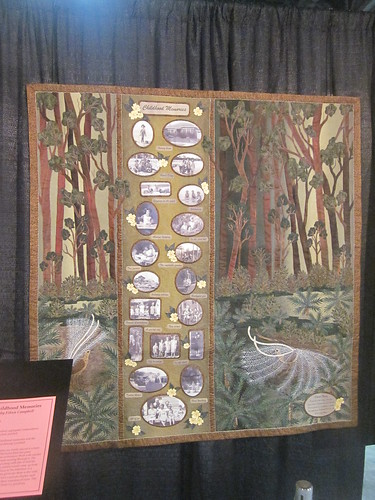
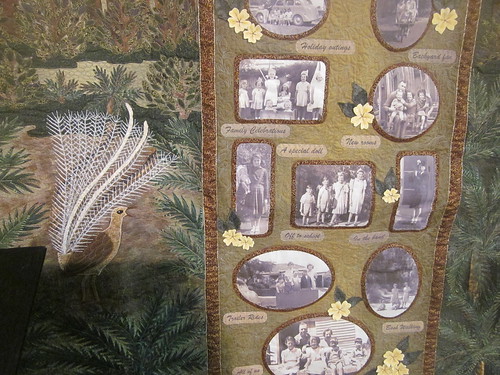
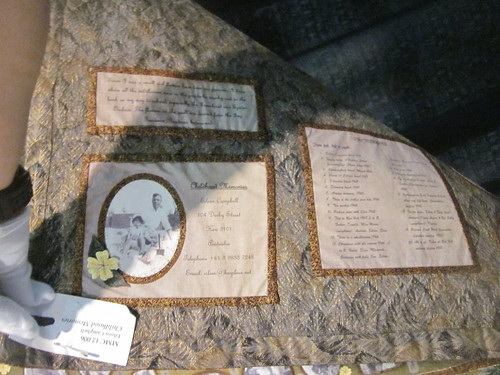
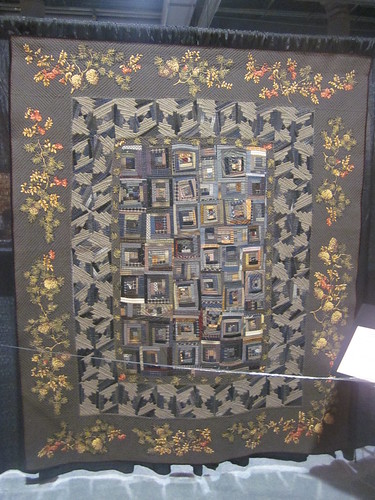
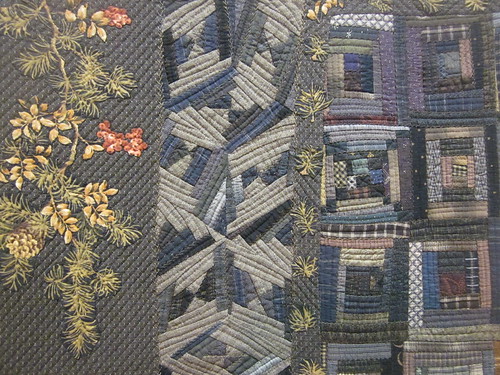
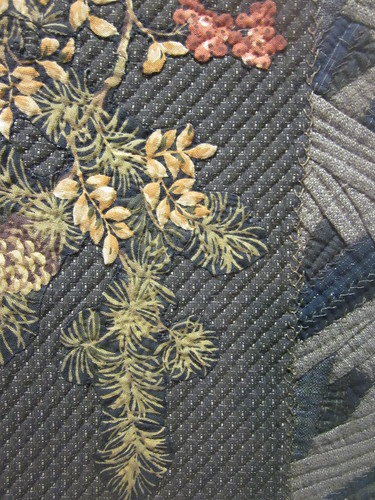
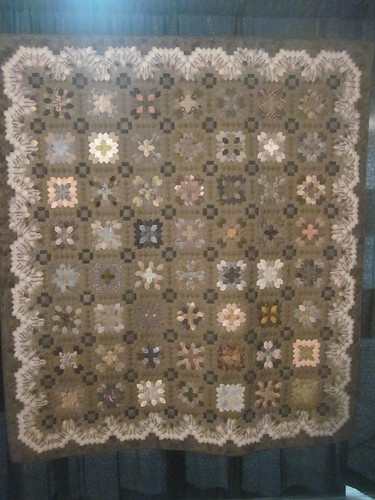
I'm planning on one day making an all brown/neutrals quilt. I find the quilts from Japan are quite interesting. There just seems to be such a different reference in design, composition and color. It seems a lot of "modern" quilters are afraid of these colors as being old fashioned but I don't know that I could pin point when it was that they were used. Bright fabrics and colors have been used for centuries in quilting. I think these colors are just a choice that can be used. Maybe they feel old fashioned as many quilters still use them, particularly with batiks, and they aren't part of the "modern aesthetic" of negative spaces, solids and either bright colors or seemingly lighter neautrals like white or grey. There's my three cents worth :)
ReplyDeleteLots of really yummy eye candy. I haven't been to a quilt show or festival in so long. A visit is long over due. I have made 1 Lucy Boston block and it was a lot of work. I heard a really neat podcast on Pat Sloans show about Japanese neutrals. I bet you could still find it. It wasn't too long ago. Take care and thanks for sharing.
ReplyDeleteMy school uniform for six years as a teenagers was brown, and for seven years before that was green, so I'm not much a fan of natural colours, but that doesn't stop me appreciating these quilts ! Quite fantastic!!!!
ReplyDelete